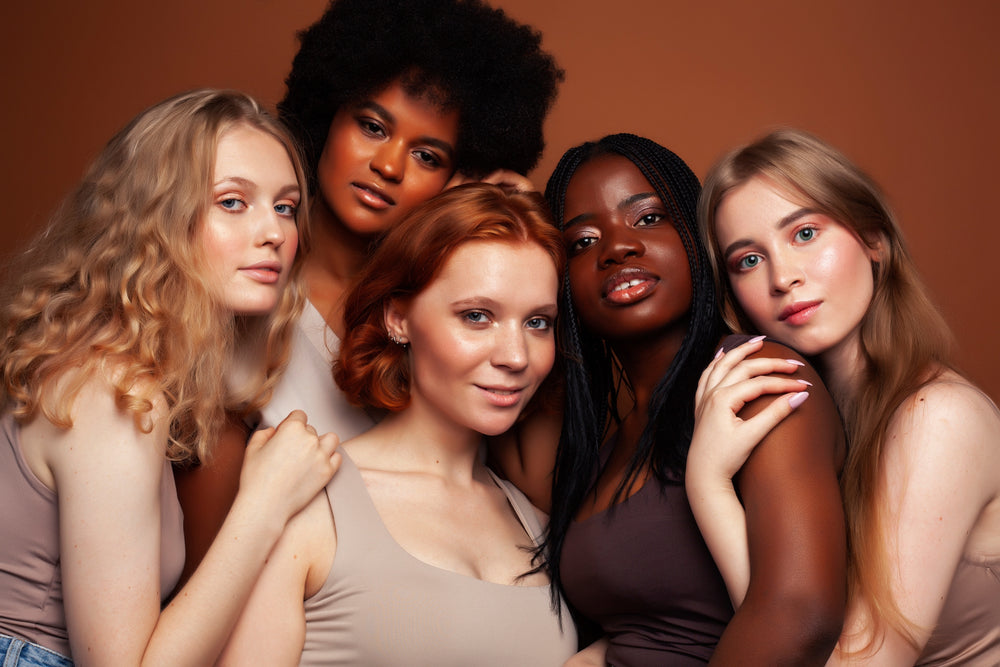You might know what skin type you are, but do you know your natural hair type?
Not all hair-care products work equally well for all people. If you have straight hair with a fine texture, for example, you’ll need a different shampoo and conditioner than someone with curly hair with a thick texture.
We all want our hair to look its best. Hair, like skin, requires nurturing daily care to stay healthy and vibrant. But just what kind of care does your particular type of hair need? That’s what this guide is all about.
In this article:
- A Little History About Classifying Hair Types
- What Determines Your Hair Type?
- The 4 Main Natural Hair Types (and 12 Subtypes)
- How to Care for and Style Your Hair Type
- Can You Change Your Natural Hair Type?
- Frequently Asked Questions
A Little History About Classifying Hair Types

Back in the 1990s, Oprah Winfrey’s stylist and celebrity hairdresser Andre Walker presented his hair typing system, also known as “The Hair Chart.” He created it to help market his line of hair-care products.
Since then, many stylists and manufacturers have used it to help classify and care for different types of hair. (You can see a copy of the chart here.)
The original chart categorized hair into four main types:
- Straight
- Wavy
- Curly
- Coily
The idea was that once you identified your general hair type, you could choose the products that would work best for you.
Later, Walker added three subtypes to each main type. He designed these to further classify different hair textures. This resulted in a total of 12 hair types.
Keep in mind that while you may hear the terms hair “type” and “texture” used interchangeably, they’re actually two different things. Hair texture typically refers to the individual hair strands and whether they are fine, medium, thick, coarse, or some other shade of these characteristics. Hair type typically refers to how the hair behaves as a whole, whether it’s straight, wavy, curly, or coily/kinky.
Walker’s system has recently been criticized in some circles sensitive to how natural hair types have been viewed in the past. Others feel that the chart doesn’t go far enough in categorizing different hair types, as certain individuals feel that they are a combination of two types rather than just one.
These questions may eventually lead to an improved hair-type chart that takes these concerns into account. Meanwhile, you can still use Walker’s system to help narrow down your type of hair so you can better understand how it behaves and how to best care for it.
What Determines Your Hair Type?
 Photo by Pixabay via Pexels
Photo by Pixabay via Pexels
Before we go into the different types of hair, you may be wondering what causes your hair to be like it is.
Research shows that whether your hair is curly, straight, wavy, or otherwise is determined by your genes. In a 2018 study, scientists reported that certain genes affected hair texture and type, and even how much hair someone had.
Your genes, in turn, affect the shape of your hair follicles. These are the pore-like openings in your scalp that birth each hair strand. Scientists have found that people with round- or oval-shaped follicles have straight or wavy hair, whereas people with elliptical- or flat-shaped follicles have curly or coily hair.
The hair follicle, in turn, creates the hair bulb, which forms the root of the hair strand. In people with curly hair, this bulb is also curved. Straight hair types have straighter bulbs.
These are ingrained characteristics about your hair that you can’t change. And why would you want to? Your hair is perfect as it is and will thrive with your nurturing care.
There are other factors affecting your hair type, though, that are less permanent. These may include hormones, certain medications, and of course, any hair products you use such as hair relaxers or perms. Age can also create changes in hair thickness and texture.
Finally, your environment can make a difference. If you live in a humid area, you may notice that your hair responds to the extra moisture in the air by becoming curlier or “frizzy.” If you live in a dry climate, your hair may become dry and dull for lack of moisture.
The 4 Main Natural Hair Types (and 12 Subtypes)
As we examine the 12 hair types below, see if you can identify which best describes your hair.
Type 1: Straight Hair

This type of hair is straight with no natural curl. The texture of the hair strands may vary from fine to coarse or thin to thick, but they fall straight down from the scalp.
This type of hair tends to become oily more easily than other types because the natural skin oils from the scalp (sebum) can travel more quickly and easily from the hair follicle down through the hair strand.
Straight hair is usually resistant to curling and often appears to grow more quickly than other types. The wrong products can weigh it down, so it’s best to look for lightweight options. It generally looks smooth and shiny.
Subtypes:
- Type 1A: The rarest hair type, this one is very straight and fine with a “wispy” appearance. It’s very difficult to get it to hold a curl.
- Type 1B: Though still straight, this type has a medium (rather than fine) texture and a little more volume. It can hold a curl when you style it but will be straight when not styled.
- Type 1C: This is straight hair with a thicker texture. Sometimes it has a few waves. It can achieve that tousled look when air-dried. It may also appear “frizzy” in humid environments.
Type 2: Wavy Hair

This type is wavier than type 1, but not as curly as type 3 or 4. Again, the texture of the hair may vary from fine to thick.
It has some waves, but they often tend to appear toward the bottom half of the hair strand rather than the top. There’s more body and volume in this hair type than in type 1, with hair forming an “S” pattern.
Wavy hair can take on a frizzy look more easily than straight hair depending on the environment and the products used.
Subtypes:
- Type 2A: When in its natural state, this hair has a gentle, tousled appearance. The waves are concentrated toward the ends of the hair strands.
- Type 2B: The waves in this type have a more defined “S” shape and may require more effort to straighten (if desired). It’s easy to create a beachy look with a little salt spray.
- Type 2C: This type sits between wavy and curly hair (type 3). The curls are tighter than in 2B, but not as tight as in 3A. There may be some spiral curls present.
Type 3: Curly Hair

The curls in this hair type are more defined and tend to look springy. They can bounce back when you fluff them.
The curls may be “S-“ or "Z-" shaped and may be loose or tight. There is more volume and body to this type of hair, though it generally feels drier than types 1 and 2.
Curly hair types require more moisture to stay healthy and bouncy. If the hair strands are too dry, they can appear frizzy and are more vulnerable to breakage and heat damage.
Subtypes:
- Type 3A: This type sports big, bouncy curls that are easily defined. They are looser than types 3B and 3C. The curls have a circumference about the size of a tapered candle or piece of chalk.
- Type 3B: These curls are a little smaller and tighter than type 3A curls and have a lot of volume. They may be defined as tight or springy. The circumference is about the size of a Sharpie marker.
- Type 3C: This hair sports the tightest curls of the group, often described as corkscrew curls. The circumference is smaller—about the size of a pencil. They provide a lot of volume and movement.
Type 4: Coily Hair

Common in BIPOC men and women, the curls in this type are packed together and appear thick and strong. The hair is often delicate, however, and easily damaged because it’s more difficult for the protective scalp oils to travel down the strand. The right care creates vibrant, tight, and defined curls with coily patterns.
This type of hair tends to shrink when wet because it has fewer cuticle layers.
Subtypes:
- Type 4A: The curls have an “O” shape and appear cylindrical and springy. There is a lot of volume and movement. Each curl is small and could wrap around a chopstick.
- Type 4B: These curls have more of a “Z” shape and tend to zig and zag in different directions. As a result, the hair appears tight with a crimpy texture.
- Type 4C: These curls are tightly coiled and show little definition. This hair type is sometimes described as tightly kinked. The curls may be so tight that the hair doesn't appear curly.
How to Care for and Style Your Hair Type
Now that you have a general idea of what type of hair you have, let’s talk about how best to take care of it. Keep in mind that you may feel you have a combination of two subtypes—that’s perfectly okay. You can use care tips from both types and see which works best on your hair.
Caring for Type 1: Straight Hair

The main tip with this type is not using products that can weigh down the hair. That means you want to seek out volumizing, body-building products while avoiding heavy serums, butters, and leave-in conditioners.
Check the ingredient list to be sure any products you use won’t add oil to your hair. Often products with clean ingredients will be your best bet.
Because the hair can get oily easily, regular washing is recommended with a clarifying shampoo. Be careful not to overdo it.
If you dry out the hair and scalp, you’ll get a rebound effect where the scalp produces more oil. This is where dry shampoos can come in handy. They help absorb the oil without stripping away too much of the hair’s natural moisture.
Texturizing sprays also work well for this hair type, but in general, try not to use too many products. Even light products, if multiple products are used, can weigh straight hair down. Regular brushing helps distribute the oil throughout the hair strands.
Finally, consider short, blunt, and layered styles to naturally add volume to the hair. Flip your hair upside down to style it when drying, and use a round brush for more volume.
Type suggestions:
- Type 1A: Use dry shampoos to fight against oiliness, and get short, blunt haircuts to increase volume and the appearance of thickness.
- Type 1B: Try styling mousses and root-lift sprays to add volume. Use a heat-protecting spray when drying or curling hair.
- Type 1C: If hair looks dry, try a hydrating shampoo and conditioner, but make sure it doesn’t weigh your hair down. You can also add a tiny bit of hair oil to only the ends to tame frizz.
Caring for Type 2: Wavy Hair

Wavy hair is similar to straight hair in that it tends to be on the oily side. That means it’s best to avoid oil-based and creamy products. Wavy hair can also more easily become frizzy, however, so you want to balance avoiding weight with keeping your hair moisturized.
Try lightweight, hydrating shampoos and conditioners and those that have both volumizing and moisturizing effects. Look for gentle cleansing options without sodium lauryl sulfate or sodium laureth sulfate, as these can be harsh and irritating. Lightweight mousses that contain anti-humidity and moisturizing ingredients are ideal.
When your hair appears dry or dull, try a leave-in treatment maybe once or twice a week. Moisturizing hair masks work well.
Minimize frizz by using a heat spray before styling or by adding a little mousse from the roots to the tips while the hair is still damp. Avoid towel rubs and use a diffuser on your dryer. You might want to pat your hair dry instead.
Shorter, wavy, bob, and shoulder-length hairstyles often look best. For thicker textures, try wearing the hair long and easy.
Type suggestions:
- Type 2A: This type looks great in a beachy, wavy style. Choose lighter styling products like light mousses and wave-defining gels. Intermittent use of dry shampoos can help you avoid greasy roots. Shorter haircuts show off the waves while defining texture.
- Type 2B: These curls are more defined and the hair may be harder to straighten. It’s best to limit heated styling tools as they can damage hair. Always use a heat-protecting spray and perhaps a curl-enhancing product to define and hold the waves. Salt sprays work well, and one-length styles can boost volume.
- Type 2C: Look for moisturizing shampoos and conditioners and consider a leave-in conditioner or an anti-frizz serum when needed to manage frizz. Use anti-humidity products and weekly moisturizing masks. Finger coiling often works great for this hair type.
Caring for Type 3: Curly Hair

Since this hair type typically feels drier than the first two, it needs more moisture. It’s also more vulnerable to heat damage and breakage. Look for shampoos and conditioners that moisturize and help control frizz. Always use heat-protecting sprays with hot tools. Leave-in conditioners work well, as do hair masks and deep conditioners.
When it comes to styling, try to avoid frequent ponytails. The weight pulls against the front of the hair and can increase breakage and hair loss. It’s also best to limit combing. Try scrunching curls with a curl refresher to restore bounce.
If you live in a humid climate, look for anti-humidity styling products. Try to avoid products with silicone in them, as they can lead to dryness and breakage over time.
Over-styling this hair type can contribute to damage and dullness, so it’s best to embrace your curls. Style with your fingers rather than with a brush, especially when your hair is damp. Minimize chemical hair treatments as they can damage the hair.
You can be flexible in your style. In general, the shorter the hair, the more pronounced the curls.
Type suggestions:
- Type 3A: Try curl-enhancing mousse to define your curls. Blow-drying is okay, but protect the hair from the heat before you start. Halo braids and braided chignons work well with this hair type.
- Type 3B: Deep condition your hair one to three times a week as needed. Pixie cuts and bobs flatter this type, as do longer styles with deep side parts.
- Type 3C: Limit blow-drying and choose air-drying as often as you can. Fingerstyle most of the time, and choose moisturizing oils to help fight dryness. Coconut oil is a good option. Experiment with half-up top knots and pineapple styles.
Caring for Type 4: Coily Hair

Like type 3, type 4 hair also tends to be dry and requires more moisture. Avoid shampoos with sodium lauryl sulfate or sodium laureth sulfate as they can contribute to dryness.
Look for gentler formulas with moisturizing oils and extracts. Leave-in conditioners and deep conditioning masks, butters, and creams help keep the strands hydrated and strong.
Air-drying also works best for this type, as the blow-dryer can cause damage and increase breakage. Gently towel dry (using blotting or patting motions) and use a hair oil or leave-in conditioner while the hair is still damp. Use a wide-tooth comb to reduce breakage.
If you must use a dryer, use a heat-protecting spray, then set the dryer on a cool setting and hold it away from the hair to reduce damage. A diffuser is a good idea.
Loose, wash-and-go styles are perfect. You may be tempted to go for weaves and braids, but these are best avoided as they can make it more difficult to condition the hair. As the hair dries, it breaks much more easily.
Instead, choose styles that allow you to regularly apply moisturizing treatments. Get regular trims to keep the ends healthy.
Type suggestions:
- Type 4A: This hair is softer than types 4B and 4C but will still benefit from hydrating products. Avoid washing too frequently.
- Type 4B: Create a daily routine that includes moisturizing the curls. Think of your hair care like your skin care. Moisturize every night! It can also help to add a moisturizing treatment to the hair before shampooing.
- Type 4C: Avoid combing too frequently. Nourish hair with rich conditioners, coconut oil, shea butter, and creams. Enjoy big, bold styles.
Can You Change Your Natural Hair Type?

It’s important to embrace your natural hair and beauty. Knowing your natural hair is stunning just as it is provides a big boost of self-confidence that will serve you well in every facet of life.
Plus, there are various options for styling each hair type that work well with the hair’s texture, thickness, volume, and curly or straight nature. That means you can find a style that’s perfectly suited to your facial features and your personality, all while accepting and loving the beauty of your natural hair.
If you want to try a different look, however, you can temporarily change it. Here are some of the options for doing that.
Long-Lasting Treatments to Change Your Natural Hair Type
These include professional, “permanent” hair straightening or curling (perming) treatments that alter the shape of your hair. They use chemicals to make the change, and the treatments can last for four to six months. Semi-permanent hair straightening treatments like the keratin hair treatment or Brazilian blowout can also last three to six months.
Other hair relaxing or perming treatments that can be professionally or personally applied can last from 4 weeks up to a few months.
Temporary Treatments to Change Your Hair Type
Temporary treatments to change your hair type include at-home styling tools and treatments that typically last until you shampoo your hair. Examples include hair-styling tools like curlers and blow-dryers as well as hair-styling products like hair serums and hairspray.
Essential oil treatments too, like those containing argan and coconut oils, can help tame frizzy hair and improve dry hair texture.
Embrace Your Natural Hair Type for Your Healthiest Hair!
It can be fun to temporarily change your hair type from time to time. Your hair is usually healthiest, though, when you embrace your natural type.
Chemical treatments are known to damage the hair and sometimes even the scalp, and it can take months for your hair to recover. Regular heat styling tools can also dry the hair out, leaving it dull and lifeless.
Find out what your hair needs, then care for it regularly and you may find that you love it just the way it is!
Frequently Asked Questions About Hair Types
What is the most common hair texture?
Medium hair texture is the most common hair texture, whereas straight hair is the most common hair type.
What is the rarest hair type?
Type 1A is the rarest hair type in the world. It’s very straight and fine and is found commonly among women of Asian descent.
What is the most fragile hair type?
Type 4 hair is considered the most fragile of the four types. That's because it dries out easily and is most vulnerable to breakage. When talking about texture, fine hair is the most fragile and delicate.
What is the easiest hair type to maintain?
Hair experts often say that type 1 straight hair is the easiest to maintain. This is because the other types are more prone to dryness, frizziness, and breakage. But in truth, “easy to maintain” is usually based on personal preference.
What hair types take the longest to grow?
In general, type 4 hair types seem to take longer to grow because of the curled shape of the hair strands. The spiral structure causes it to twist as it grows, so you need more hair to give the appearance of length.
Regular, nurturing care helps support healthy growth and can result in the appearance of faster-growing hair.
How often should hair be washed?
This depends on your hair type. Type 1 straight hair typically requires daily washing (or treatment with dry shampoo) to absorb excess oil.
Other types may be able to go for longer between washings. Curly and coily hair types can benefit from washing less often to preserve hair strength and moisture.






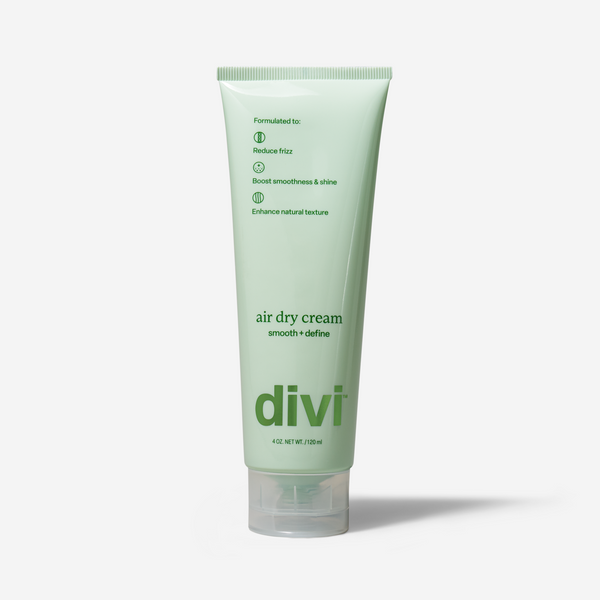
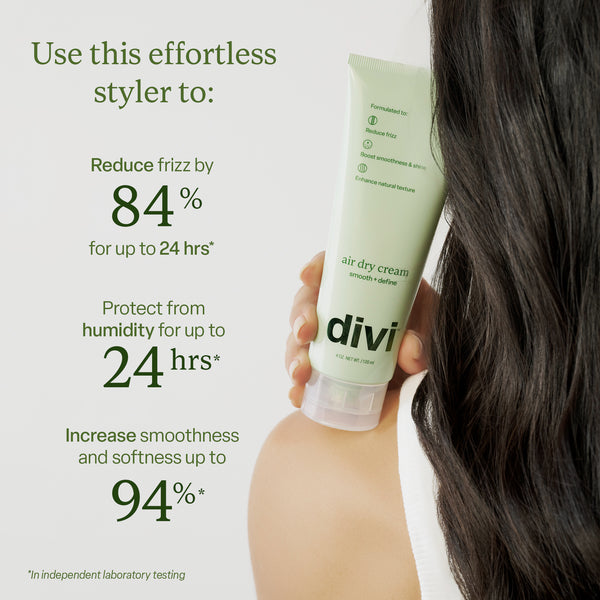

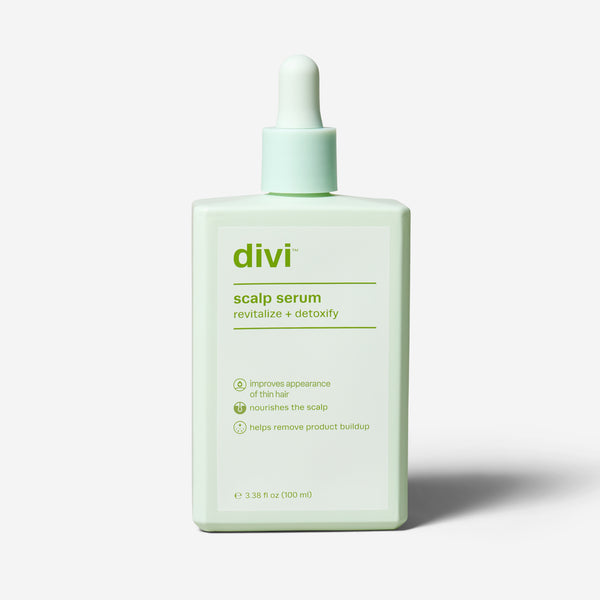

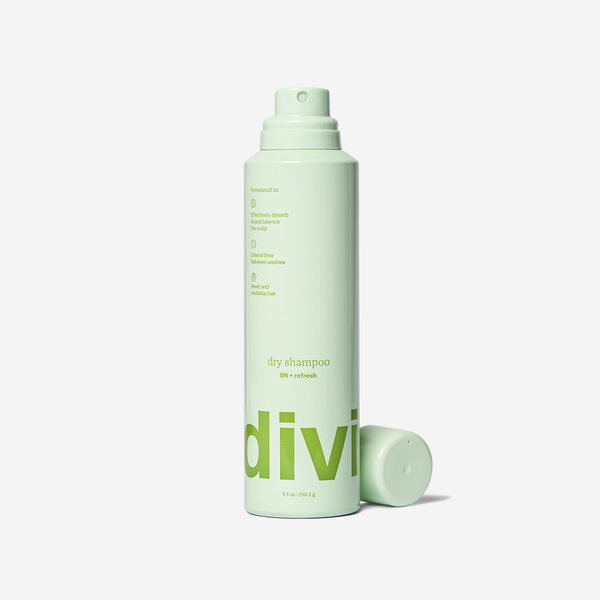

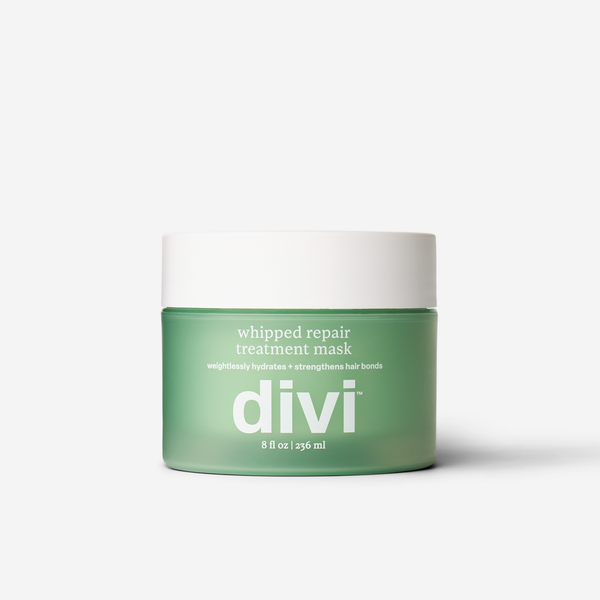

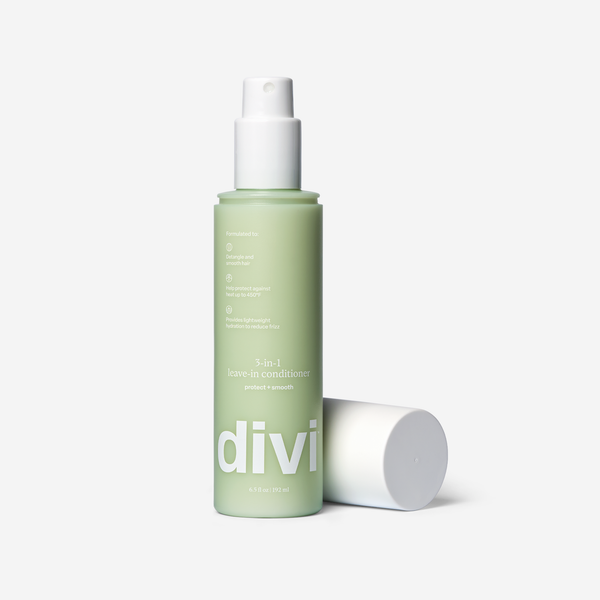

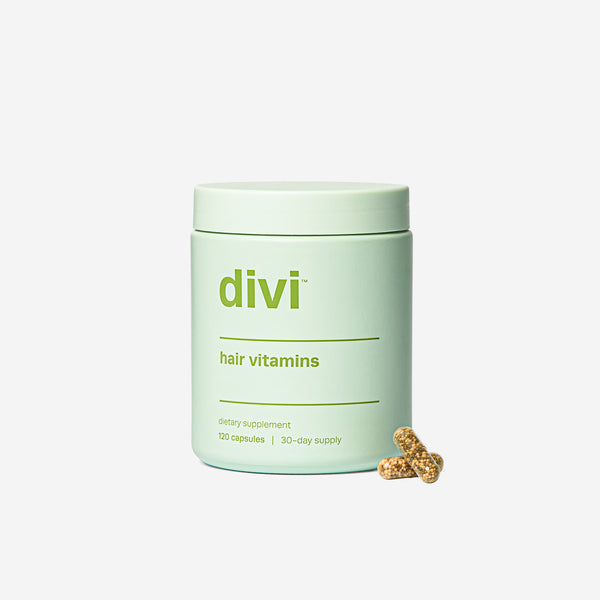
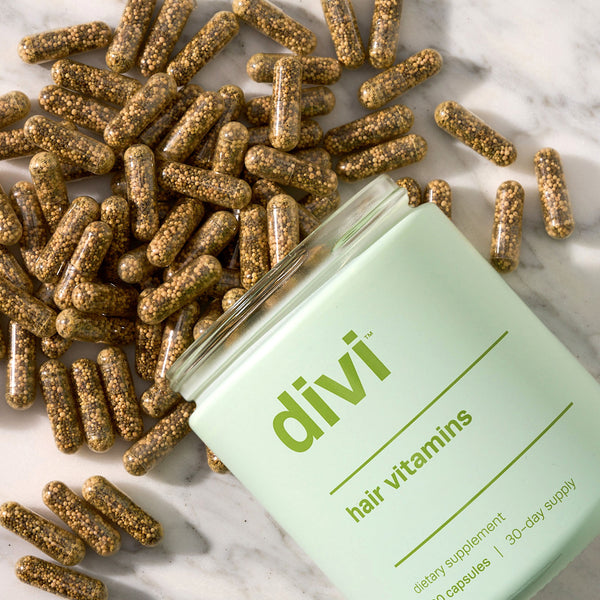
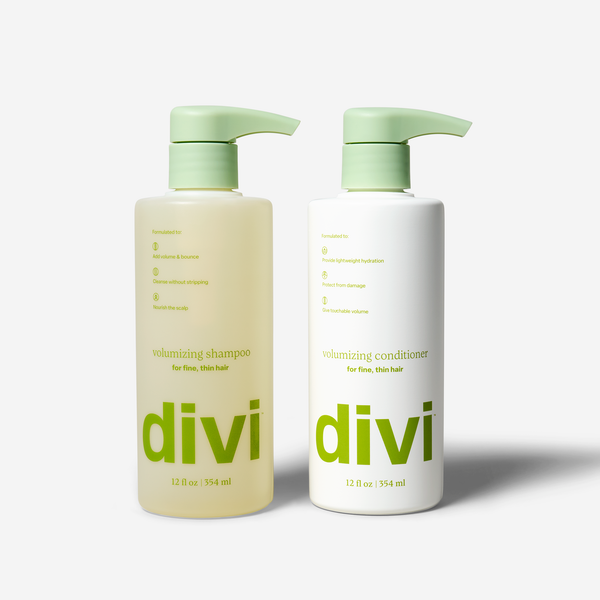





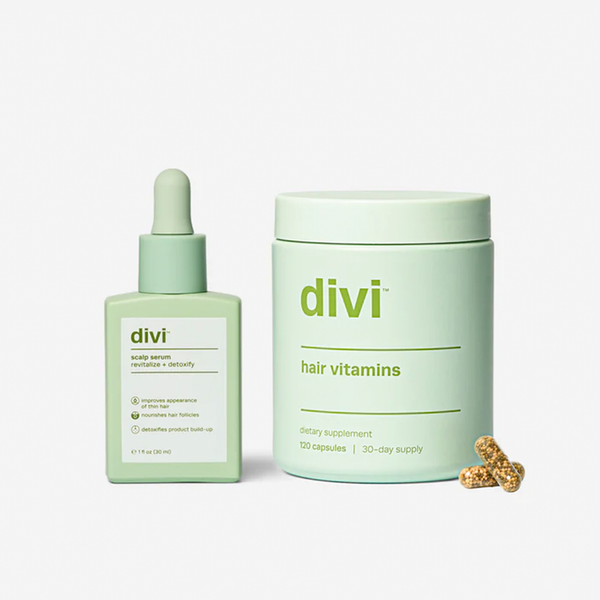
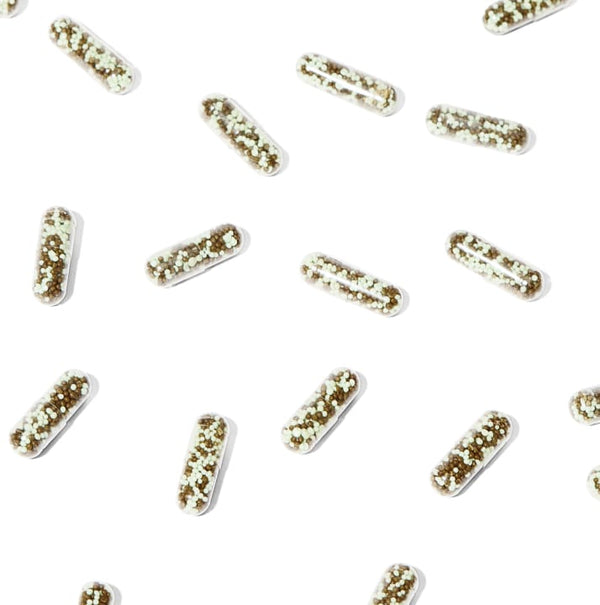
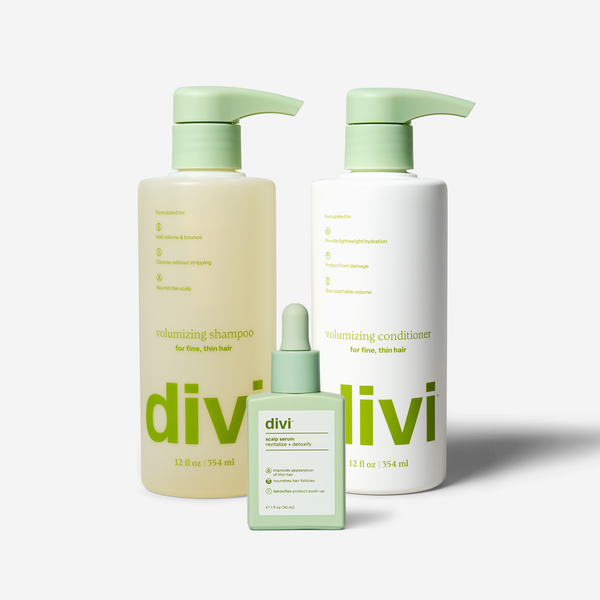
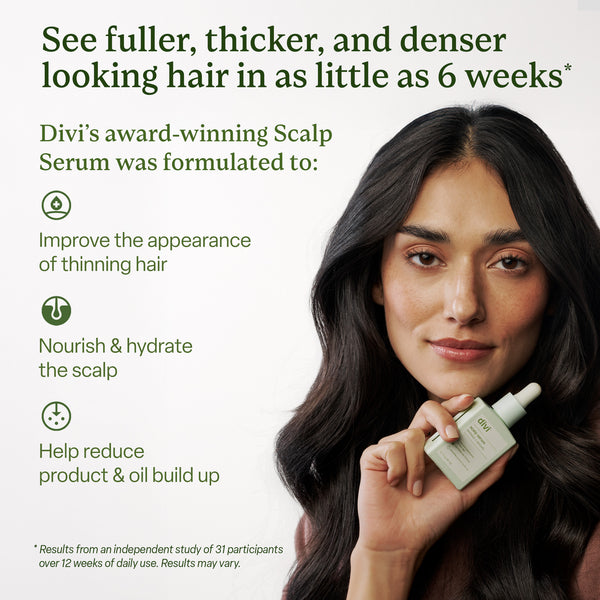


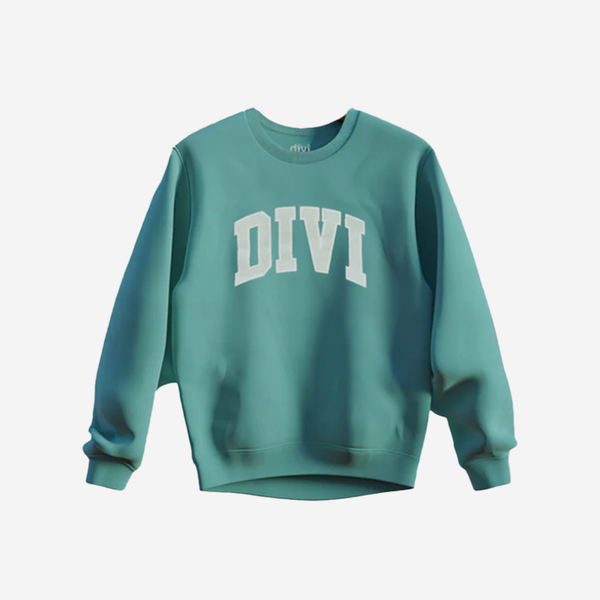
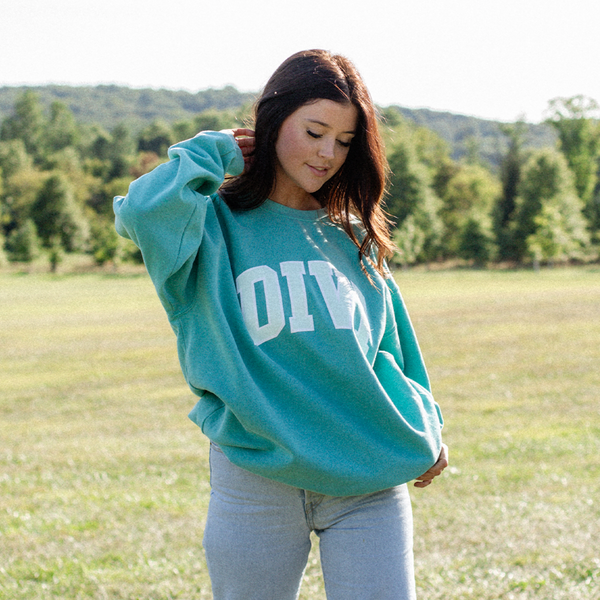




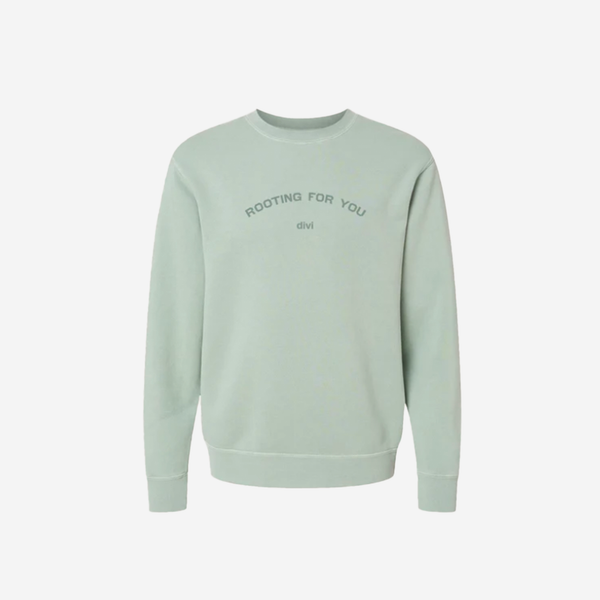
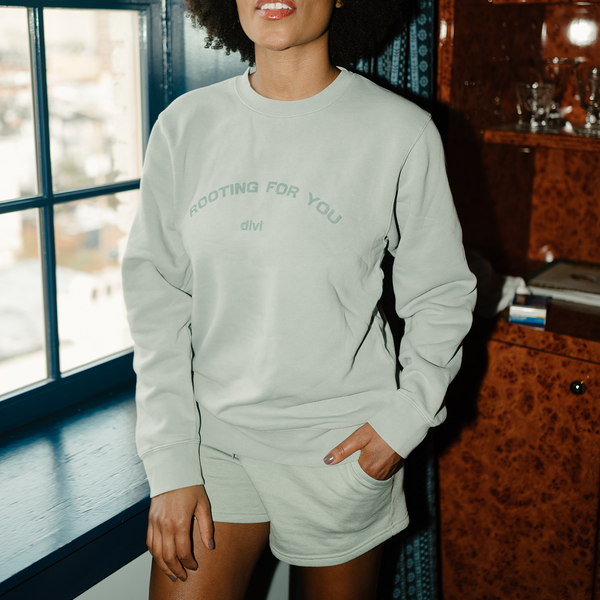

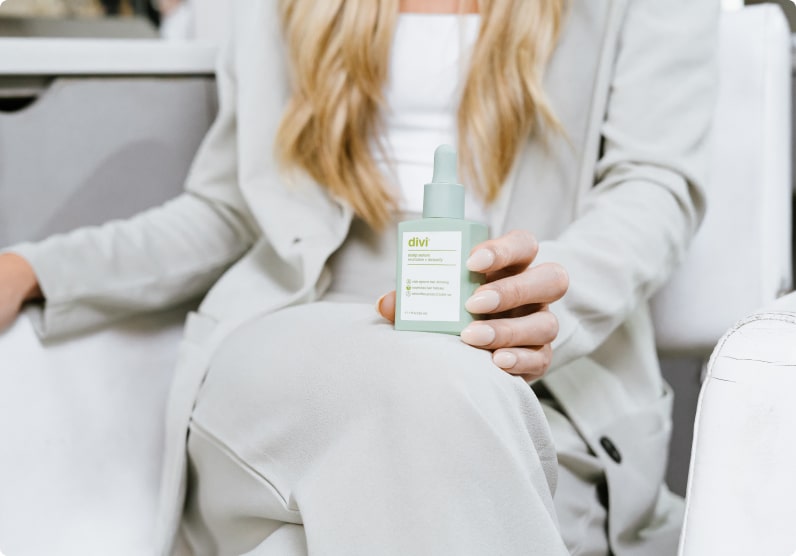






 30ml Scalp Serum
30ml Scalp Serum
 100ml Scalp Serum
100ml Scalp Serum
 Volumizing Shampoo
Volumizing Shampoo
 Hydrating Shampoo
Hydrating Shampoo
 Travel-Sized Volumizing Shampoo
Travel-Sized Volumizing Shampoo
 Travel-Sized Hydrating Shampoo
Travel-Sized Hydrating Shampoo
 Volumizing Conditioner
Volumizing Conditioner
 Hydrating Conditioner
Hydrating Conditioner
 Travel-Sized Volumizing Conditioner
Travel-Sized Volumizing Conditioner
 Travel-Sized Hydrating Conditioner
Travel-Sized Hydrating Conditioner
 3-in-1 Leave-In Conditioner
3-in-1 Leave-In Conditioner
 Best Sellers Bundle
Best Sellers Bundle
 Volumizing Starter Bundle
Volumizing Starter Bundle
 Hydrating Starter Bundle
Hydrating Starter Bundle
 The Healthy Hair Bundle
The Healthy Hair Bundle
 Hair Vitamins Trio
Hair Vitamins Trio
 Dry Shampoo
Dry Shampoo
 Hair Vitamins
Hair Vitamins
 Volumizing Shampoo & Conditioner
Volumizing Shampoo & Conditioner
 Travel-Sized Volume Duo
Travel-Sized Volume Duo
 Hydrating Shampoo & Conditioner
Hydrating Shampoo & Conditioner
 Travel-Sized Hydrating Duo
Travel-Sized Hydrating Duo
 Travel-Sized Dry Shampoo
Travel-Sized Dry Shampoo
 Travel-Sized Dry Shampoo Trio
Travel-Sized Dry Shampoo Trio
